Lessons in phonics instruction lipi
Phonics skills are important for children to be able to read fluently. Children who master phonics learn to recognize individual sounds and how to blend them together to read words. Many children with learning disabilities in reading have difficulty with phonics skills. However, they often respond well to phonics instruction.
Phonics Activities and Lessons Bring phonics instruction to life with these activities. Great for the Kindergarten, 1st, or 2nd grade classroom. (first, second graders, Year 1, 2) #PhonicsInstruction #Elementary #Kindergarten #FirstGrade #SecondGrade See more. Partner Phonics Games for Decoding Two-Syllable Words . Teaching Letter Sounds Teaching Letters Teaching Phonics Reading Fluency
29/01/2016 · Teachers will view a full lesson in a first grade classroom. Other strategies have been included to allow for a comprehensive review, bringing the viewing time to 1 hour.
16/01/2020 · Hi, I am interested in the LIPI program or, Lessons in Phonics Instruction. I have heard that it is used in many Public schools with good results. Any info or comments would be appreciated. I have heard that it is used in many Public schools with good results.
Explicit Instruction for Phonics Intervention Target Words for (short u,) Stories Story 1 Story 2 Story 3 Skill Specific New words
LIPI targets phonics, phonemic awareness and complements in-class learning. Please complete only one sheet per week which should be the same as that being studied in class. Instructions are included. Please complete only one sheet per week which should be the same as that being studied in class.
In synthetic phonics instruction, students are asked to independently read ONLY text containing the sounds learned and irregular words they have been explicitly taught. The text used should be of increasing length and complexity – caption, sentence, then page of text – and the skills and knowledge learned should be applied in both reading and writing.
28/12/2019 · I have heard about LIPI (Lessons in Phonic Instructions?). I was wondering if anyone has used LIPI and/or if they can point me in the direction of more information? I have been able to see some shared resources from it on K-2 Literacy (L3 Type) on FACEBOOK, but I would like to know where it comes from, the philosophy etc.
In some programs, regular words that can be decoded are called sound-out words.Irregular words that must be learned by memory are called spell-out words.. In the beginning stages of phonics instruction, an irregular word can also be a word that the student does not yet have the specific phonics skills to read (Carnine et al., 2006).
Successful phonological awareness instruction with
163 Best Phonics/ Lesson plans images in 2020 Phonics
Support your children’s early reading skills with our collection of phonics teaching ideas, classroom activities and printable resources.
Phonics Instruction Our Local Libraries Useful Links Meet the Title 1 Staff Berrien Springs Public Schools Vision and Mission Statements Some of your children are participating in small group instruction in phonics. If they would like to practice the skills they are learning, please click on the link below. Your Child Can Read. On the left side of the page, choose Program Dictations. Then
Teaching students phonics skills by embedding phonics instruction in text reading, a more implicit approach that relies to some extent on incidental learning. Phonics through spelling Teaching students to segment words into phonemes and to select letters for those phonemes (i.e., teaching students to spell words phonemically).
The aim of Synthetic Phonics instruction is to initially teach the most common sound-spelling correspondences so that the children can learn to synthesise, or blend together the sounds in the words. Research demonstrates that the most successful readers and spellers start with a solid foundation in Synthetic Phonics. Synthetic Phonics is the
Jan 25, 2020 – Explore amandakwhitacre’s board “Phonics/ Lesson plans” on Pinterest. See more ideas about Phonics lesson plans, Phonics and Phonics lessons.
We use these phonics recording sheets and students quiz each other at word work as a fun activity. I will throw this into our weekly activities, or keep it as a fast finisher activity. I love that all of these phonics components can be done within the guided reading block in whole group, small group, and individually.
The following programs, for example, of literacy have informed and influenced our teaching: LIPI 1 and LIPI 2 (Lessons in Phonics Instruction, produced by a local team of NSW DET Teachers quite a few years ago), Ants in the Apple, Sound Waves, THRASS (Teaching Handwriting Reading and Spelling Skills) and Jolly Phonics for instance.
This section includes sample phonics lessons. The lesson sequences are examples and are not intended to cover all aspects of phonics. There are numerous ways of teaching phonics through short introductions and activities such as word walls, individualised sound letter books, and analysing graphemes in new vocabulary.
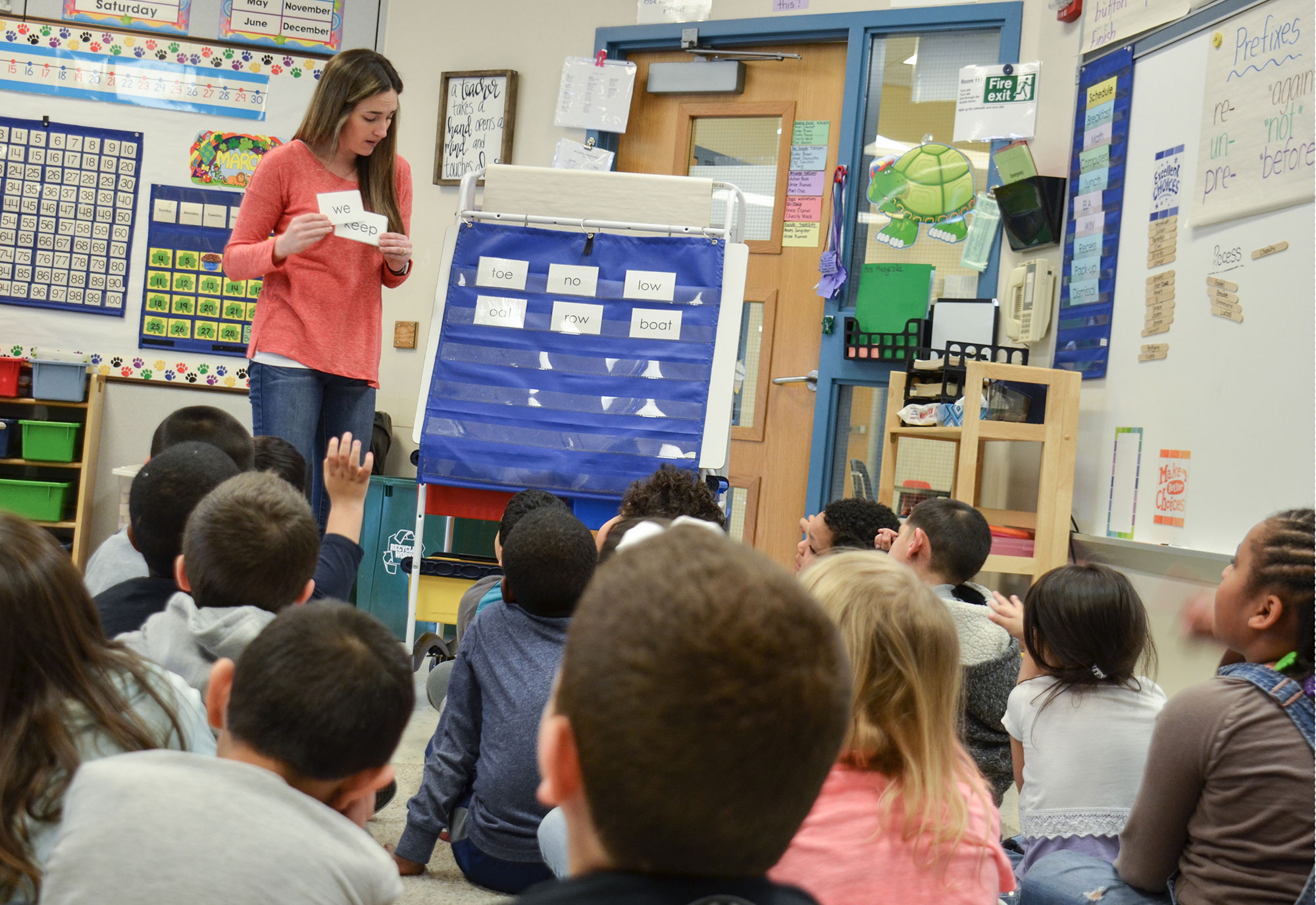
Please note, this program was not created by me, it has been a process of change from one teacher to the next over the last 7 years. I believe the original program was called LIPI (lessons in phonics instruction – google it to more information).
Learning about phonics is a crucial aspect of learning to read and write. This lesson offers concrete strategies for teaching phonics and sight words.
Phonics is NOT phonemic awareness. Why is Phonics Instruction Important? To become skilled readers, children need to have a strong base in phonics. Research shows that good readers do not skim and sample text, but rather attend to every word. They process the letters or each word in detail, although doing so very rapidly. This ability to
Systematic Phonics Instruction and Phonics Books. Initial phonics books use short sentences that don’t model speech. This is because beginning readers work hard to visually recognize each unit. Since they can recognize every unit, they can only read books that contain the material they know.
By now you’ve covered all of the letter names and sounds! At this point in the year, I shift to a little bit less whole group phonics instruction and a little more small group phonics instruction. I still think it’s very helpful to have some type of whole group review or teaching activity…but I keep it brief.
Foundational Skills for Young Readers. This proven Phonics program provides explicit instruction and abundant practice for phonemic awareness, alphabetic knowledge, decoding skills, sound-symbol correspondences, and manipulating and building words.
Letter-sound Knowledge (Phonics) 2 Anne Bayetto, Flinders University taught how to blend these sounds together to make words. It is not recommended that blending instruction be held off until after all alphabet letters are known because students need to get reading as …
The phonemic awareness lessons are 10-15 minutes in duration, resulting in 20 hours of instruction over the school year, as recommended by the National Reading Panel. Lessons are taught in a whole-group setting, with many opportunities for children to practice and apply skills in individual literacy station activities. A phonemic awareness
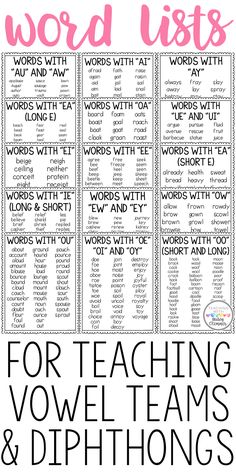
Lessons In Phonics Instruction Lipi Program Content · Mathematics · English · Other KLA’s · Useful Links · Lesson Break Videos · iPads · Assessing LIPI Two- Programme & Assessment. VOLUME I: Another Look at Phonic and Phonemic Classification: Navlipi. also comprise a complete lesson in phonetics, in phonological classification,.
The focus of this instructi onal plan is research -based reading instruction in oral language, phonological awareness/phonics (word recognition). This plan mu st utilize appropriate complex print and digital text, embed assessment, include scaffolding, and provide re …
14/01/2020 · Jolly Phonics Lessons provides resources and lesson plans to teach phonics lessons. Using a synthetic phonics approach, Jolly Phonics teaches children the five key skills for reading and writing. Designed specifically for teachers and tested by them, this app features the following: • Letter sounds audio for all sounds • All the Jolly songs for each letter sound • Animated letter
Systematic and explicit phonics instruction is effective for children from various social and economic levels. Systematic phonics instruction is beneficial to children regardless of their socioeconomic status. It helps children from various backgrounds make greater gains in reading than non- systematic instruction or no phonics instruction.
Principle #2: Phonics instruction should take place OUT of context (i.e. phonics-focused lessons), as well as IN the context of real reading and writing activities. When you are reading and writing with students, this is a great time to discuss and teach them about words. BUT this in-context practice is not sufficient.
1st Grade Level 1 phonics lesson plans. Learn phonics with lesson plans for 1st grade students.
Phonics is a great tool for early readers. A text lesson assists you in delivering the facts while providing ample opportunities to pause for practice.
The phonics lesson sequences aim to provide teachers with explicit information about how to teach phonics to students who might require additional support in Foundation, Level 1 and Level 2. The lesson sequences are examples and are not intended to cover all aspects of phonics. Foundation phonics scope
Home; Phonics Decodable Books Decodable Books and Phonics Lessons Direct Instruction for Sound/Symbol Relationships. Sounds and their corresponding symbols are taught in phonics lessons that are systematically organized, use direct and explicit instruction, provide blending and segmenting practice, and provide word manipulation practice.
Engage with the Jolly Phonics lesson by observing the teacher using direct instruction and applying what they have learned to read “ar” words as presented on the app. 3 Guided Practice Phonics Genius
Teaching Strategies for Phonics & Sight Words Study.com
18/07/2016 · Hey guys! It seems like it’s been a long time since I posted a normal video but I will have two for you this week! In this video I am talking about phonics instruction. I share with you what
Phonics Lesson Plans for preschool, kindergarten, 1st grade and 2nd grade. Learn phonics with these lessons.
This lesson uses whole-to-parts phonics instruction as an approach to beginning reading. Letter-sound correspondences are taught within a meaningful context in an explicit, systematic, and extensive manner. This lesson uses onset-rime analogy to present word families and spelling patterns. An onset is the consonant letter before the vowel in a
To become more informed in and even improve your reading instruction, visit the Reading Horizons Reading Strategies Homepage. There, you’ll be able to access valuable resources on the site, including the What is Decoding?, Reading Workshop, and the List of Reading Strategies sections.
Smarter Schools approach to teaching beginning reading and spelling > Summary > Target student group > Method > Results > Lessons learned > Research base > Further reading and links > Contacts Summary ‘The evidence is clear that direct systematic instruction in phonics during the early years of schooling is an essential foundation for
Phonics instruction is a way of teaching reading that stresses the acquisition of letter-sound correspondences and their use in reading and spelling. The primary focus of phonics instruction is to help beginning readers understand how letters are linked to sounds (phonemes) to form letter-sound correspondences and spelling patterns and to help them learn how to …
01/05/2008 · Moreover, instruction in phonological awareness that actively includes written letters, which is essentially the earliest stage of phonics instruction, assumes that children already know the names and, to some degree, the sounds of individual letters. For preschool age children, for whom in many cases this is an invalid assumption, teachers may
Incorporating all these learning modes into your lesson helps solidify the learning, which is helpful for all young readers and has been shown especially beneficial for kids with learning challenges like dyslexia. Here’s how that might look in a typical lesson…For example, Ready for Reading lessons begin with an alphabet activity. Some days
Phonics Lesson Plans
Phonics Instruction LessonSense.com
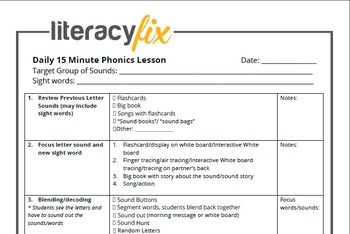
Phonics Lesson The diagraph “ar” – Teacher-Created Lesson
145 Best Phonics Activities and Lessons images in 2020
LIPI phonics instruction ES1 K-3 Teacher Resources
What is Systematic Phonics Instruction? Reading Elephant
1st Grade Level 1 phonics lesson plans
Pacing Of Kindergarten Phonics Program
Lesson Planning Ideas Teaching Phonics Tunstall’s
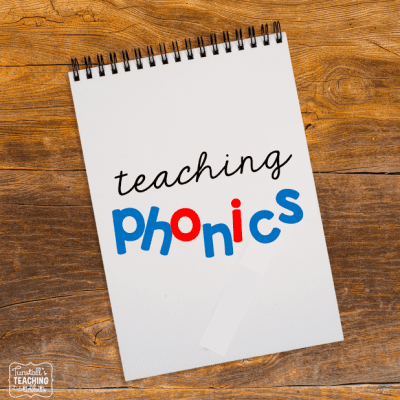
How Parents Can Help With Phonics Instruction
Phonics Instruction Title 1 Mrs. Streelman
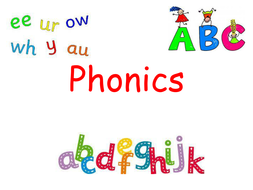
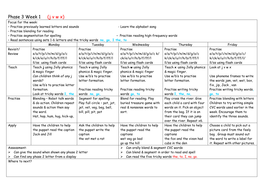
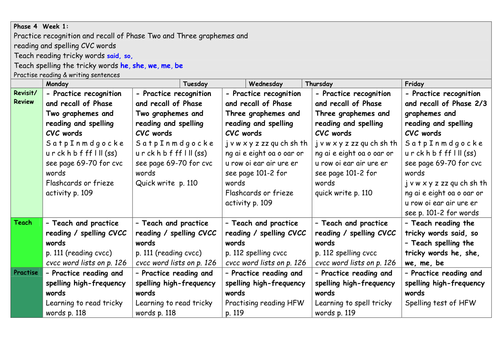
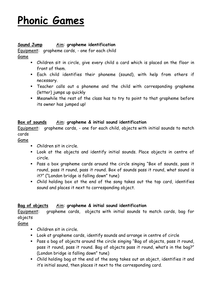
Phonics is a great tool for early readers. A text lesson assists you in delivering the facts while providing ample opportunities to pause for practice.
QUEST